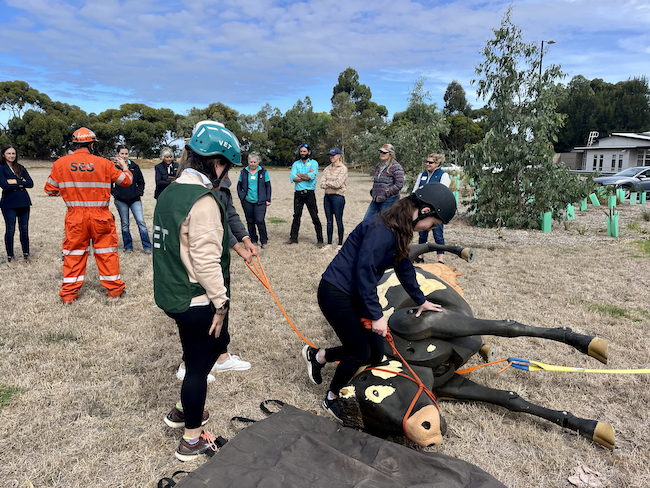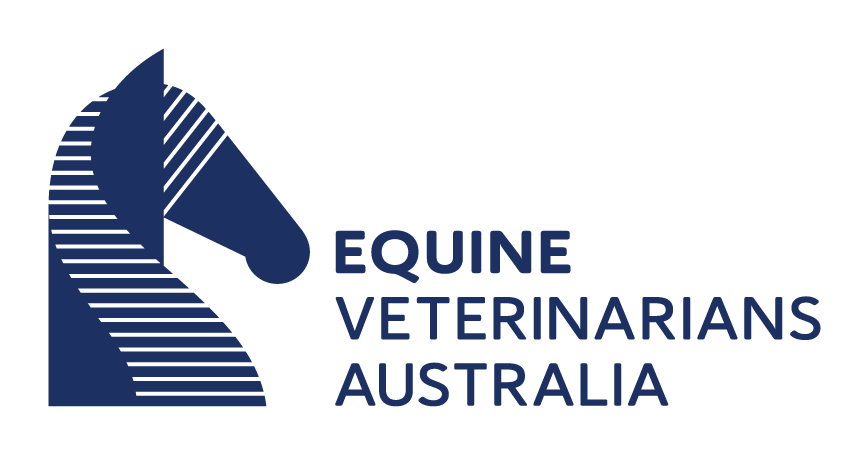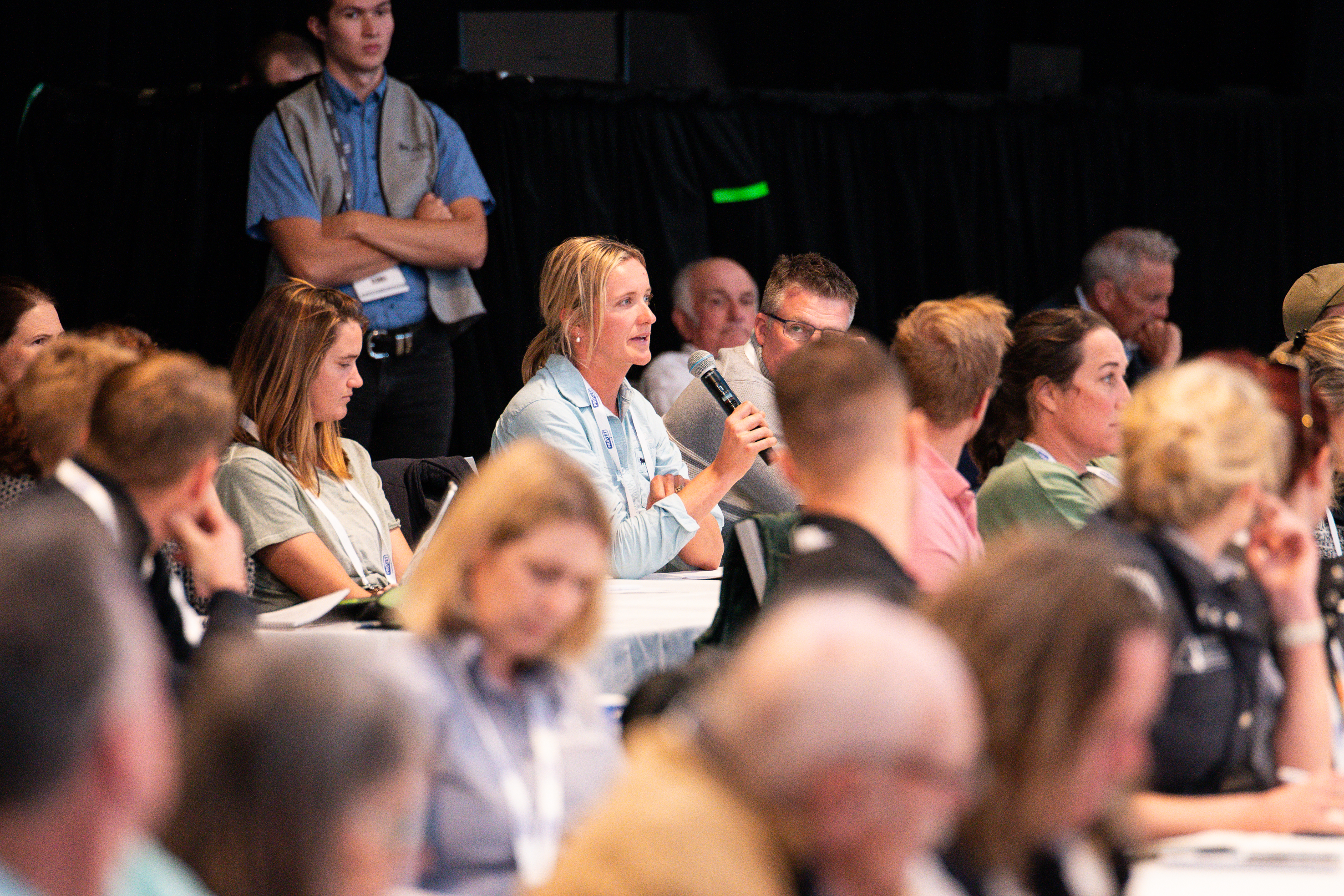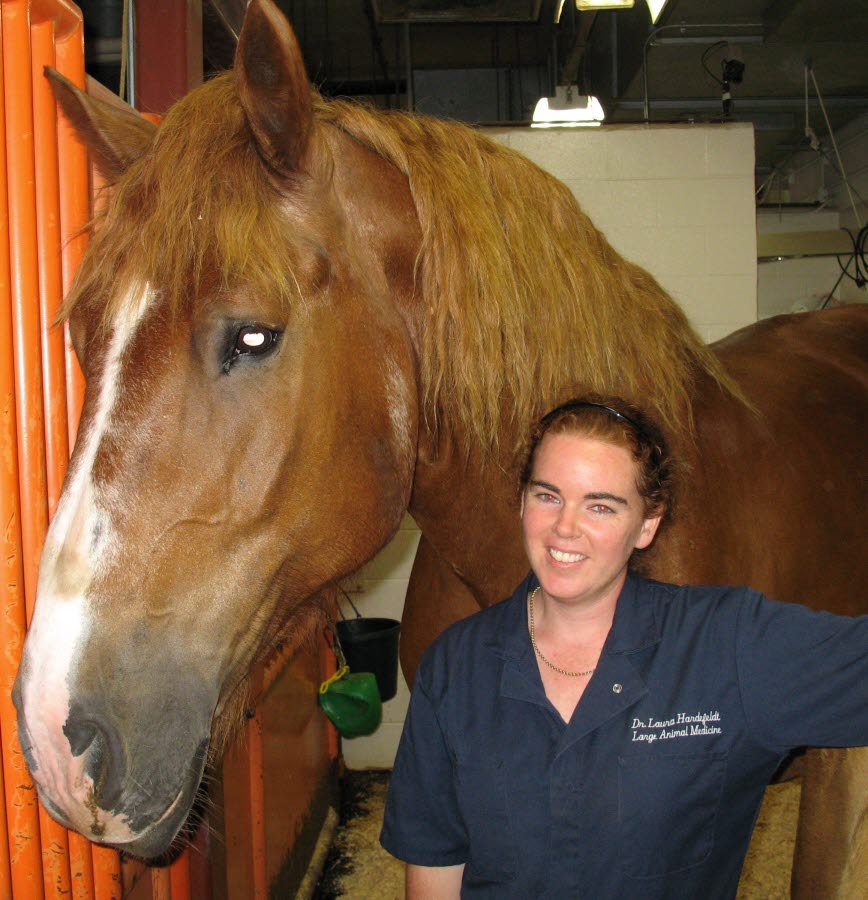SIG in the Spotlight: Equine Veterinarians Australia
10 Jul 2025
Equine Veterinarians Australia (EVA) is the leading professional equine veterinarian group in Australia, with members also from New Zealand, the UK, and beyond. Since its establishment in 1971, EVA has grown into a vital hub for education, advocacy, and connection within the equine veterinary community.
In this edition of SIG in the Spotlight, EVA President Assoc Prof Laura Hardefeldt shares how EVA events and resources help veterinarians to stay at the forefront of the profession while championing both horse welfare and professional wellbeing.
Can you tell us about the history and core mission of the Equine Veterinarians Australia Group?
The EVA was established in 1971 under the AVA. It has grown internationally, and is now central to continuing education, standard setting, and policy influence in equine vet medicine. Its core mission focuses on advancing veterinary skills, advocating for horse welfare, and representing the profession across Australia and beyond. Representing about 75% of Australia’s equine vets, today EVA includes over 900 members across Australia and internationally, from places like New Zealand, the UK, USA, Hong Kong, and South Africa.
What educational resources are available to mixed and equine vets in their day-to-day practice?
The EVA offer a wide range of resources, from apps, online resources and webinars, to conferences, journals, meetings and workshops.
We offer digital forms for dental exams, insurance (adult and foal), pregnancy certificates, broodmare sales reports, prepurchase exams, and Hendra virus exclusion. Consent forms cover surgery, euthanasia, castration, treatment, and artificial insemination. Comprehensive guidelines address euthanasia, orphan foal care, radiography, medication withdrawal, microchipping, and equine dentistry, enabling vets to maintain best practices and regulatory compliance efficiently.
Educational materials extend to apps such as EVA/Veterinary Advances for drugs and techniques, the University of Melbourne’s antimicrobial use guide, the Blue Book online, and biosecurity videos. Advice documents cover horse insurance, rectal tears, infection control, surgery reports, eye exams during prepurchase evaluations, raceday issues, stable contamination, and drug detection. Vets also benefit from access to the Australian Equine Veterinary Journal, conference proceedings, and regular webinars that support ongoing professional development and keep practitioners updated on advances in equine medicine.
Professional growth is further supported by state meetings held twice yearly, workshops at major conferences, and standalone events focusing on foundational and advanced skills. Additional resources include fire and flood management information, fee surveys, workforce sustainability reports, and the EVA Circle app for networking. These comprehensive resources ensure mixed and equine vets are well-equipped with knowledge, tools, and community support to provide high-quality care in a dynamic veterinary environment.
Image from the 2023 Bain Fallon Memorial Lectures
The Bain Fallon Memorial Lectures are a flagship event for EVA. How are preparations going?
EVA honours equine veterinary legacy through the annual Bain Fallon Memorial Lectures, named after pioneering vets Murray Bain (d. 1974) and Peter Fallon (d. 1974). This event is now the Southern Hemisphere’s premier equine CPD week, attracting over 270 delegates in 2024. This year we’re back at Twin Waters and the program is looking fantastic. The reproduction workshop with international superstar Prof Margo Macpherson is sold out. A new initiative is the masterclass – this year with Dr Laura Nath on reading and interpreting ECGs – also sold out. The collegiality at Bain Fallon is always a standout and this year will be no exception – dig out your 80s & 90s gear, neon make up and dancing shoes!
What strategies does EVA use to foster a sense of community and support among its members, especially for those in remote or rural areas?
We have regular state meetings, roadshows, and hands-on workshops, which provide valuable opportunities for in-person networking, skill development, and peer connection. For those unable to attend in person, EVA offers frequent webinars and online training, ensuring all members can access continuing education and professional development regardless of location.
EVA also maintains peer support systems, especially during crises such as floods and fires, facilitated through the EVA Circle app and an active Facebook group. These platforms allow members to share experiences, seek advice, and offer support in real time, helping to combat professional isolation. The Blue Book, comprehensive clinical guidelines, and practical apps for drugs, techniques, and forms further connect members by standardising best practices and providing easy access to essential resources.
Additionally, EVA advocates on behalf of its members at government and industry levels, addressing issues like after-hours work, workforce sustainability, and mental health. This representation ensures that the unique challenges faced by rural and remote vets are recognised and addressed, reinforcing a strong sense of community and collective support across the profession.

EVA Emergency Workshop, 2023
How does EVA gather feedback from its members to shape future initiatives, events, or advocacy efforts?
EVA gathers feedback from its members both formally and informally. Formal methods include targeted surveys and specific projects, such as the equine attrition project and studies on student attitudes toward equine practice. Informally, EVA collects input through state representatives, the core executive, young member representatives, and direct conversations with key stakeholders, ensuring member voices shape future initiatives, events, and advocacy efforts.
What are the current top priorities for EVA that you’re focusing on?
EVA’s top priorities currently include increasing the number of veterinary graduates entering equine practice and providing strong support for young members. Initiatives like Love the Horse Days, a dedicated young member group and Facebook group, and student scholarships to attend the Bain Fallon conference are central to this effort. Additionally, EVA is focused on supporting veterinarians with the challenges of after-hours work, aiming to improve work-life balance and sustainability in the profession.
What emerging trends or issues do you anticipate will be most important for your members?
The key emerging issue for EVA members is ensuring the sustainability of the equine veterinary profession by attracting and retaining vets. This includes focusing on work-life balance, mental health, and adapting to environmental and business challenges. Integrating sustainability principles is vital for long-term practice success and wellbeing.
How and why did you join the EVA? Personally, what benefit do you get from being part of the SIG?
I joined EVA as a new graduate as the resources made life in equine practice easier! I stayed even though I’m no longer a clinician because the EVA tribe is an invaluable and unequalled in its support. EVA advocates for equine vets, is on the front foot creating resources and guidelines, and provides great CPD.



